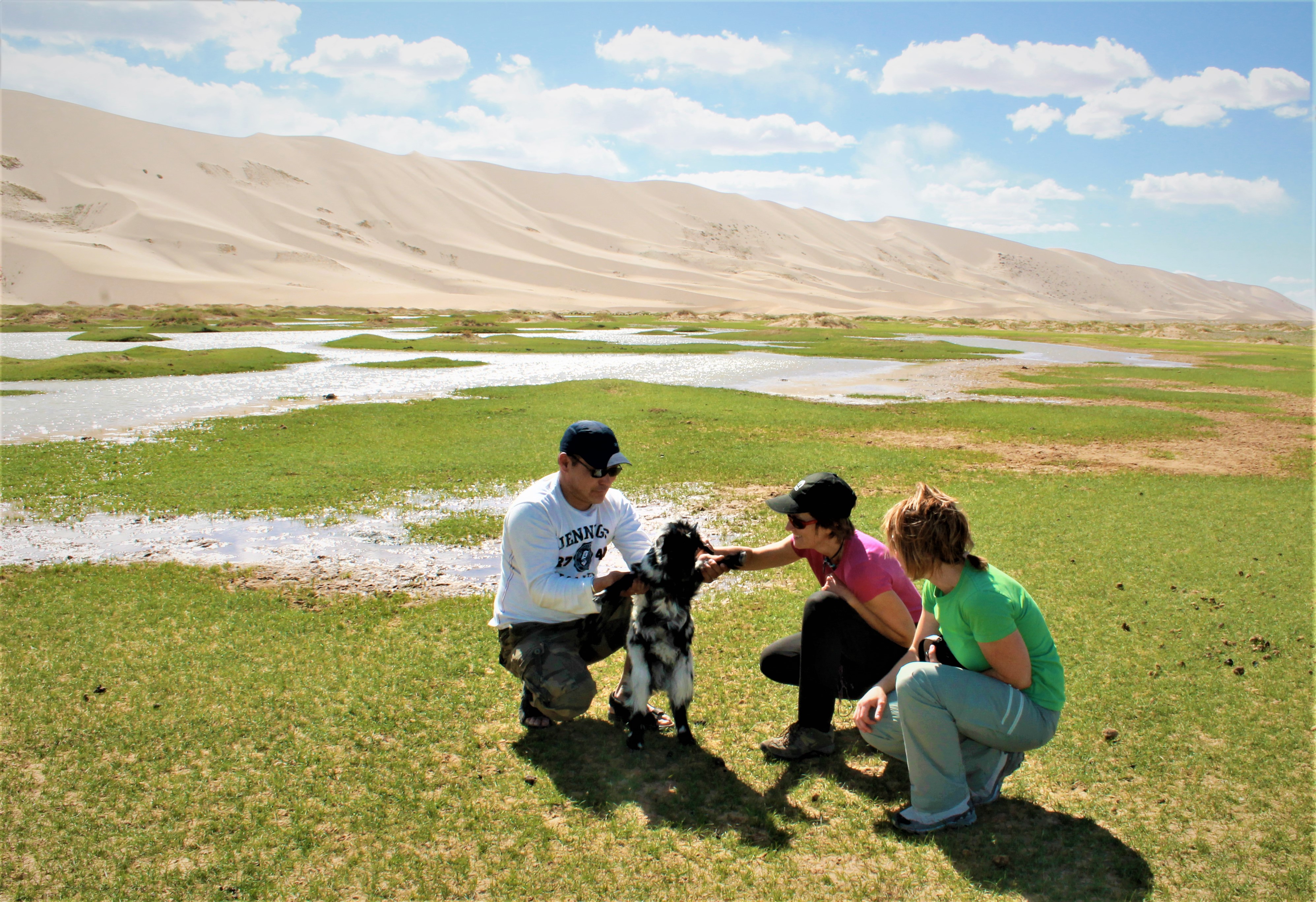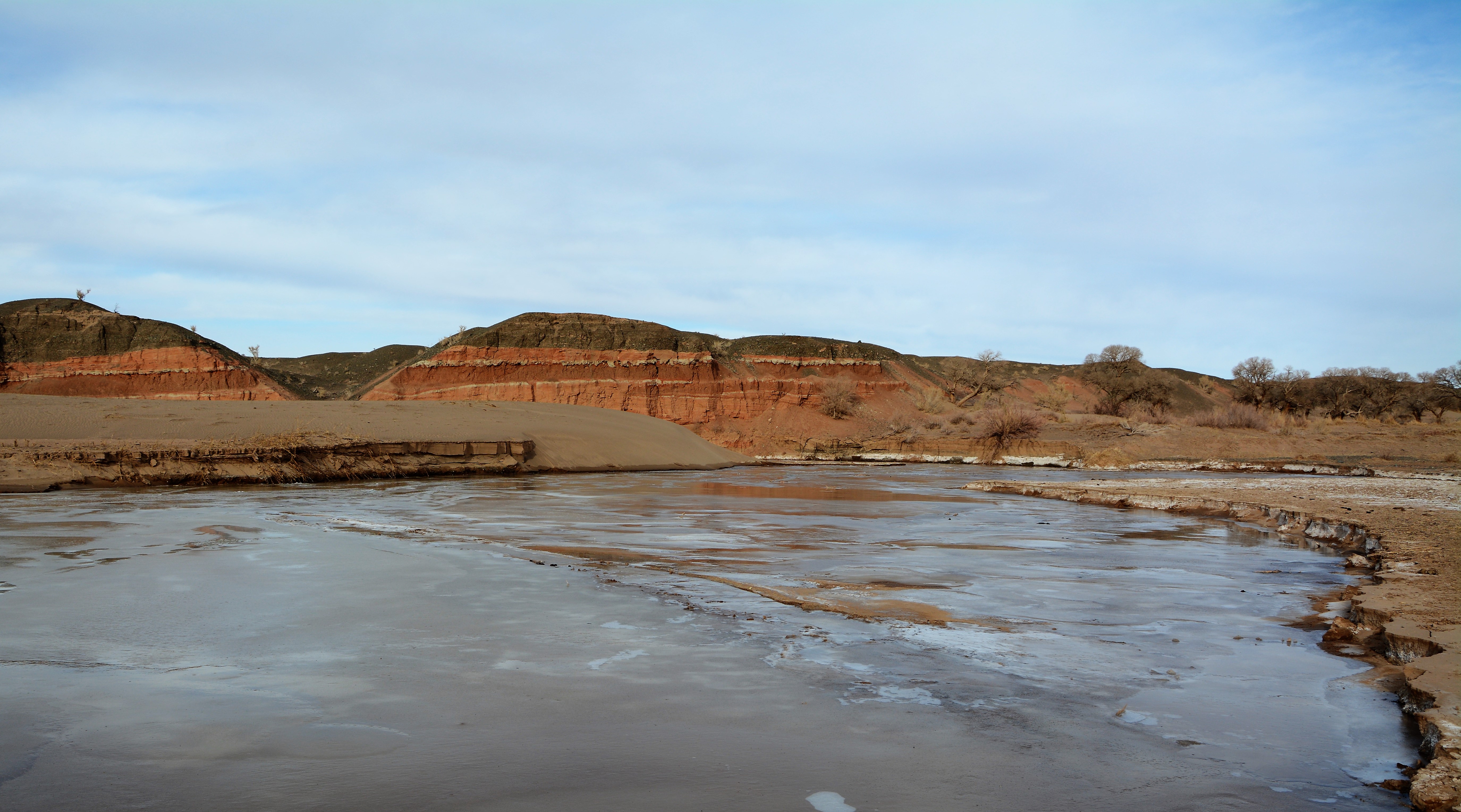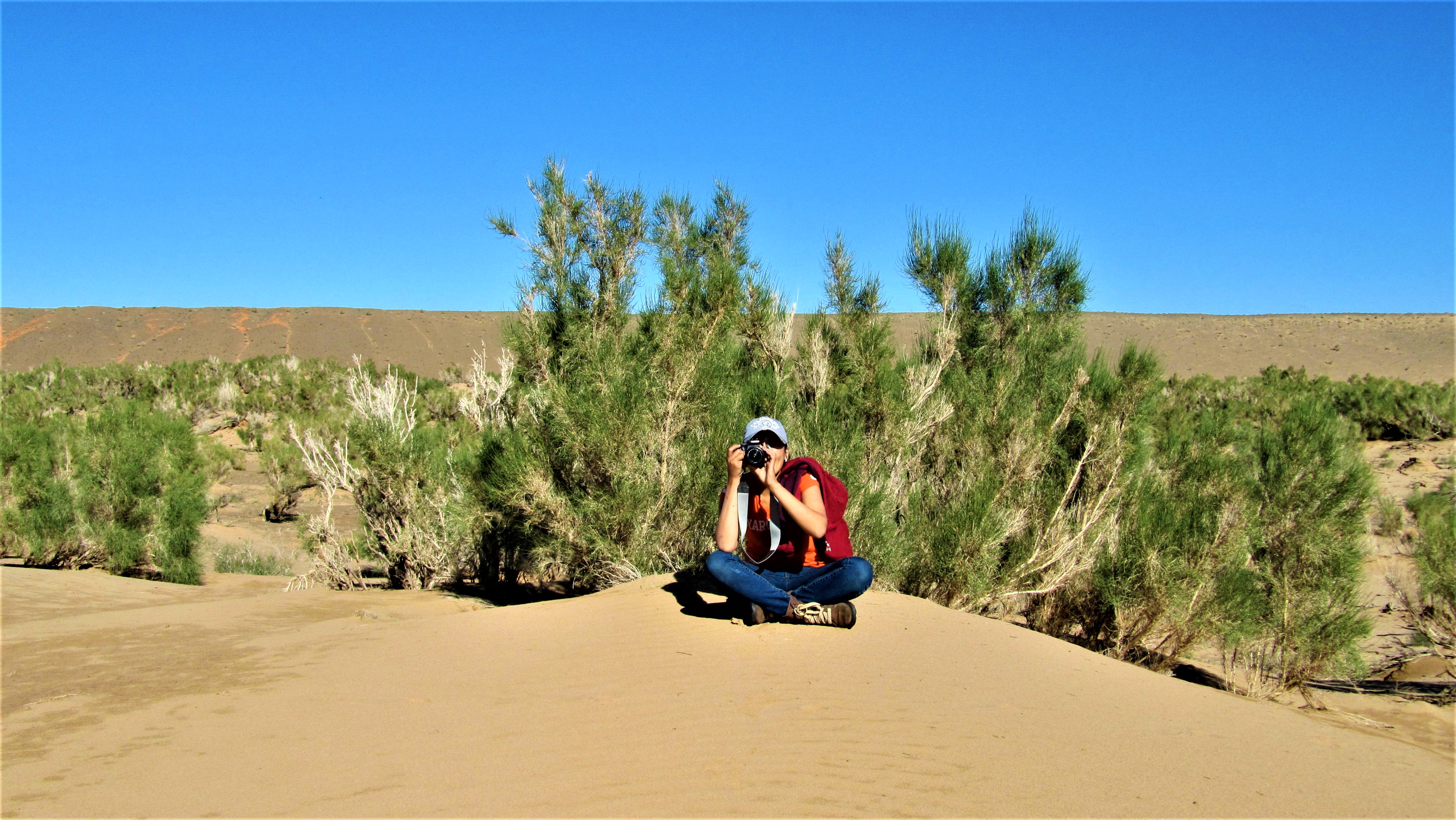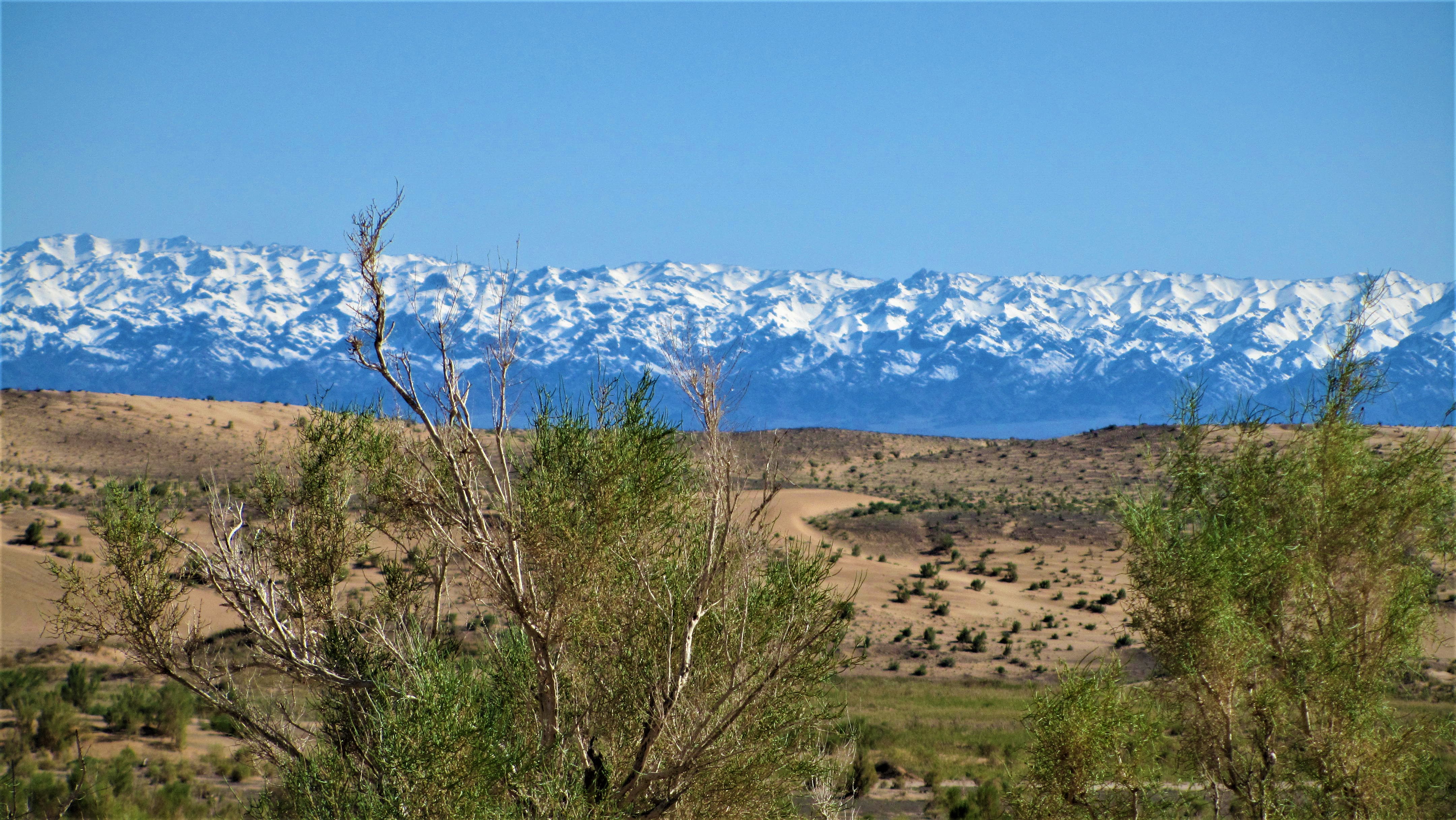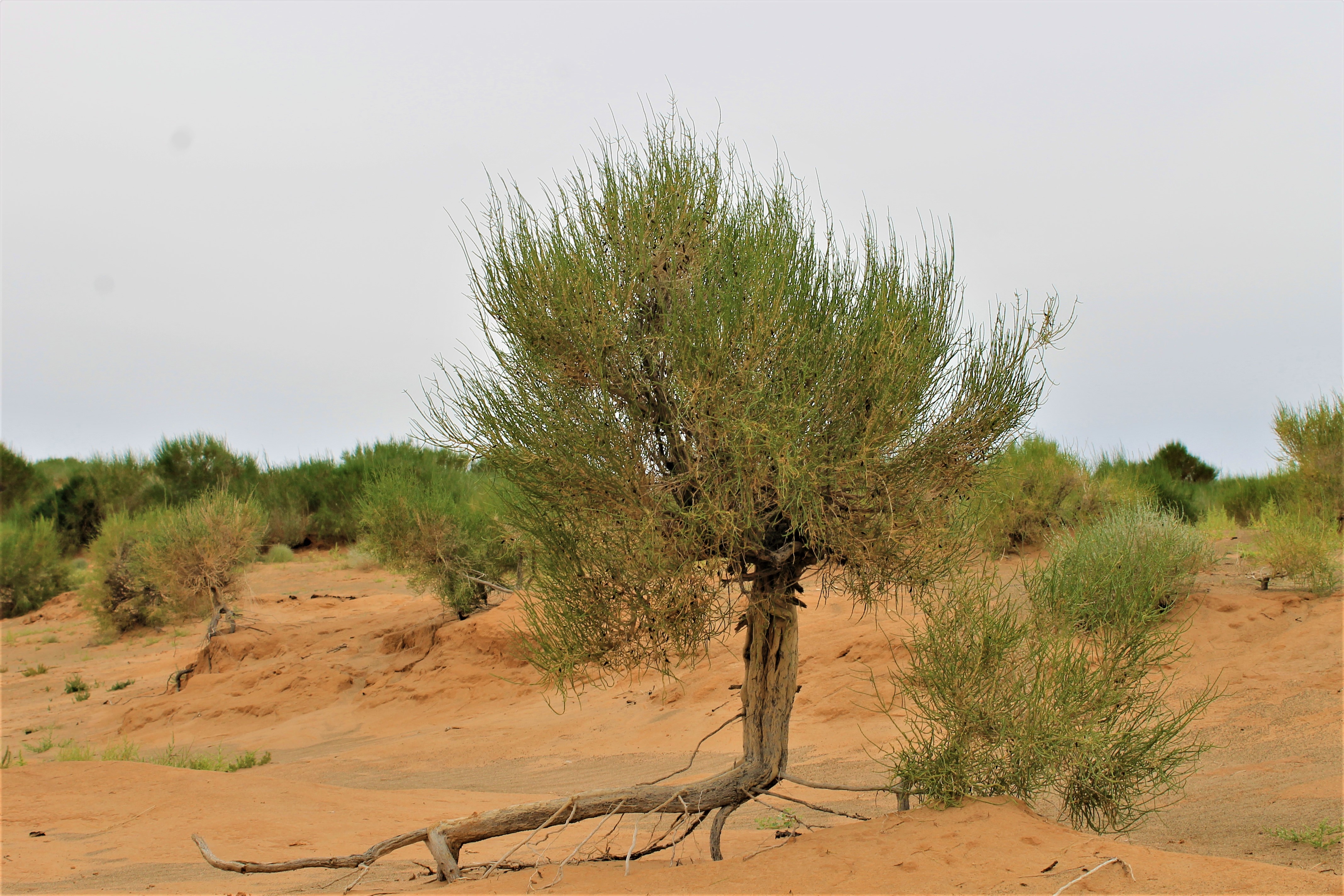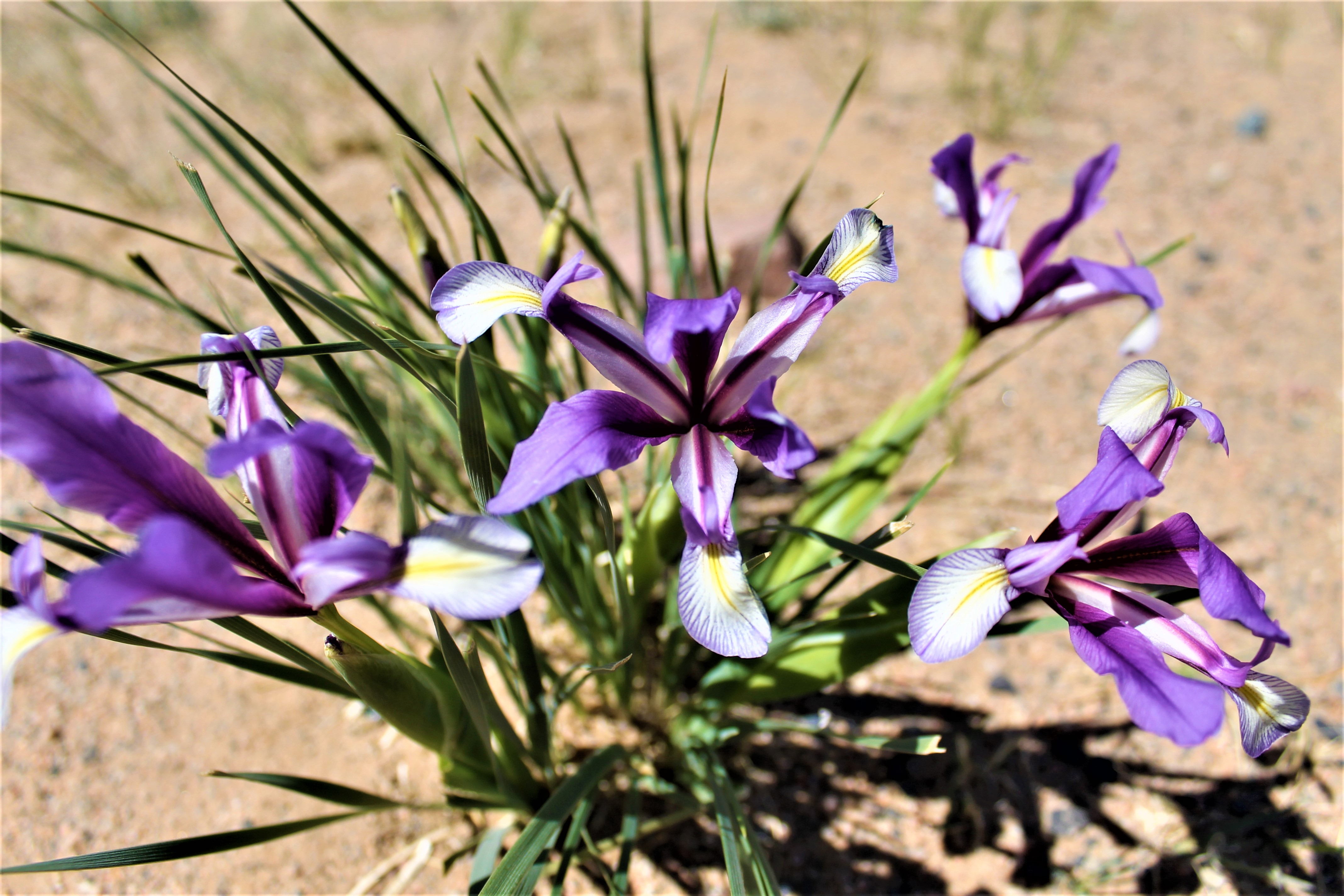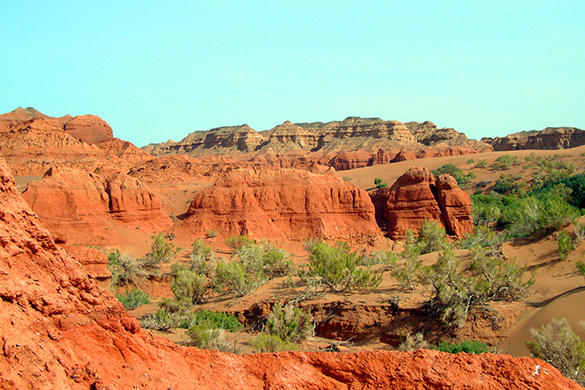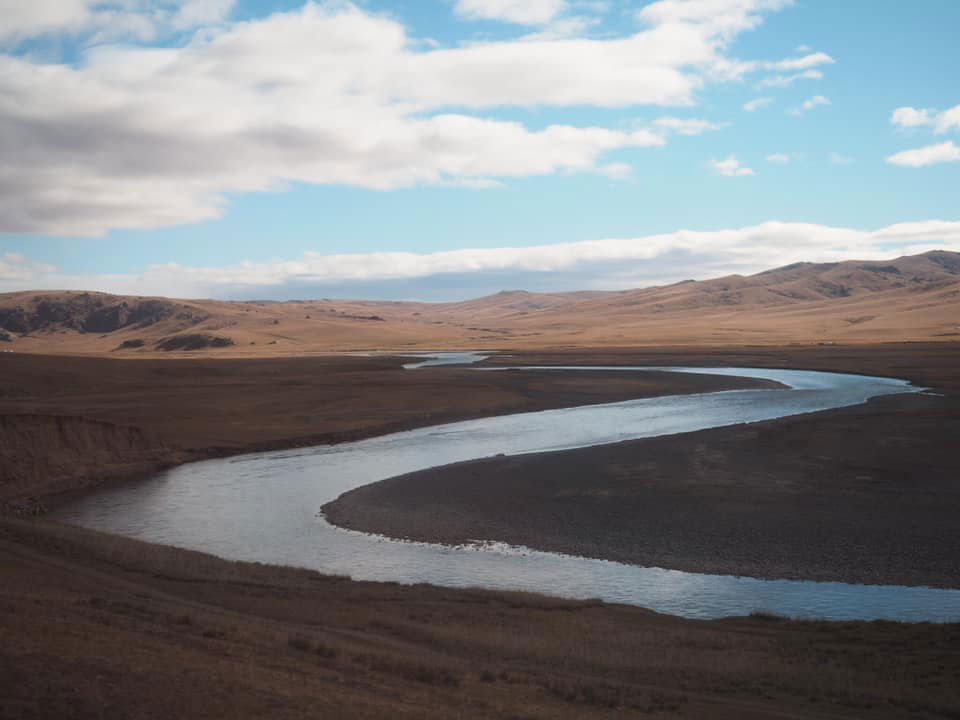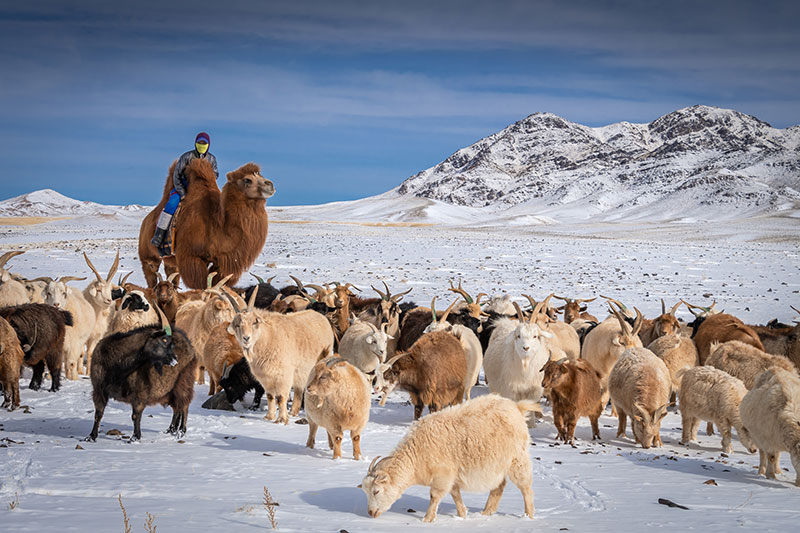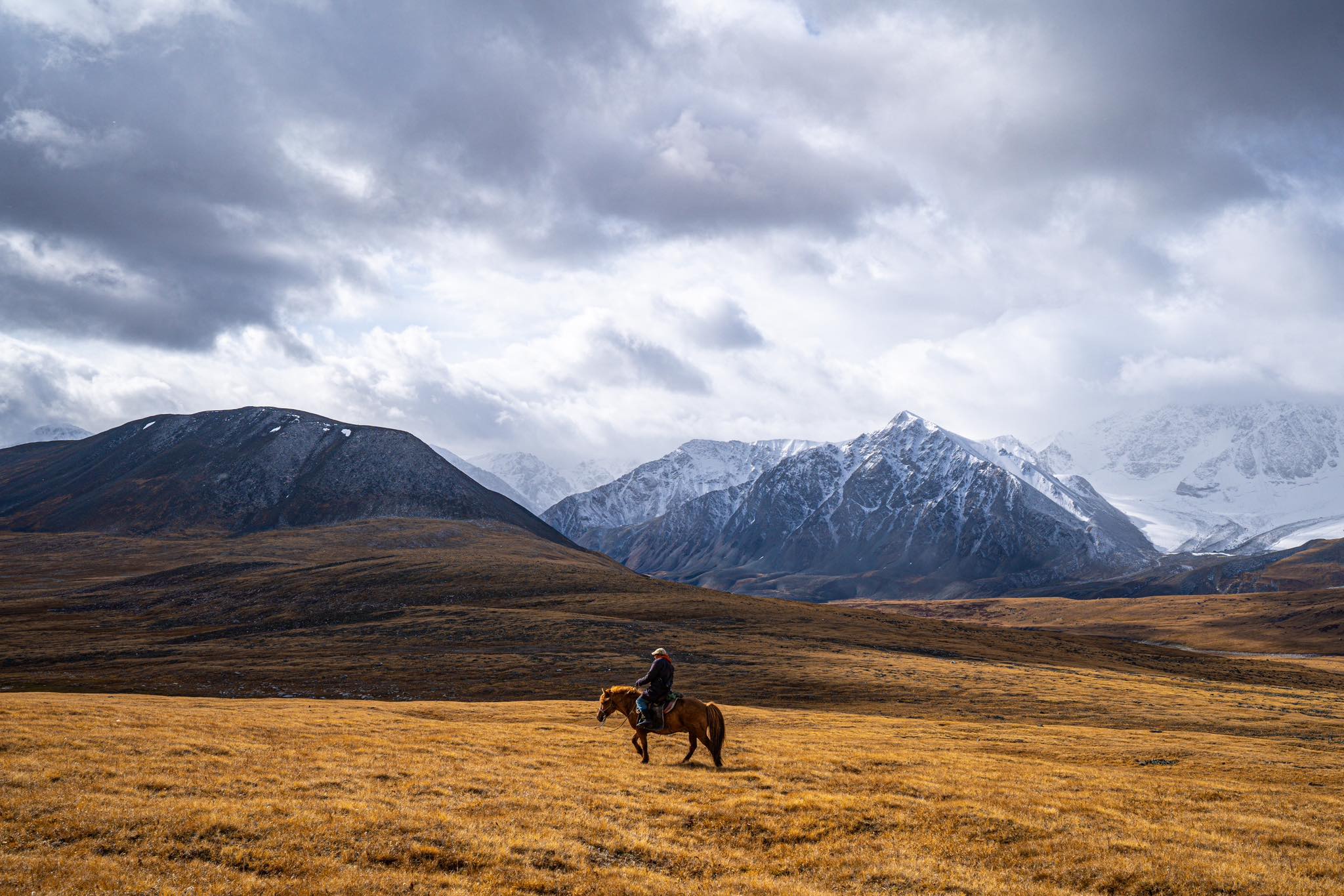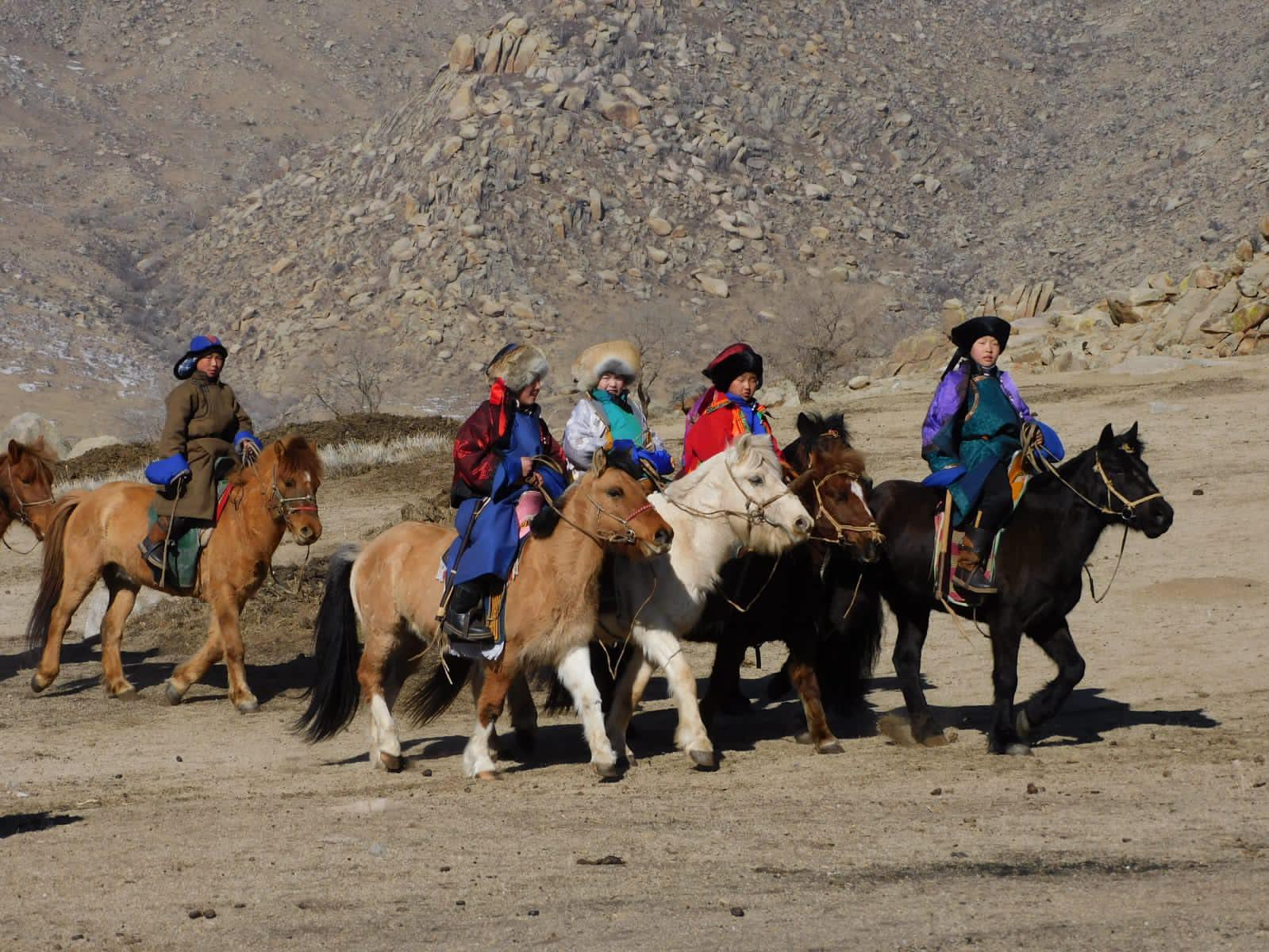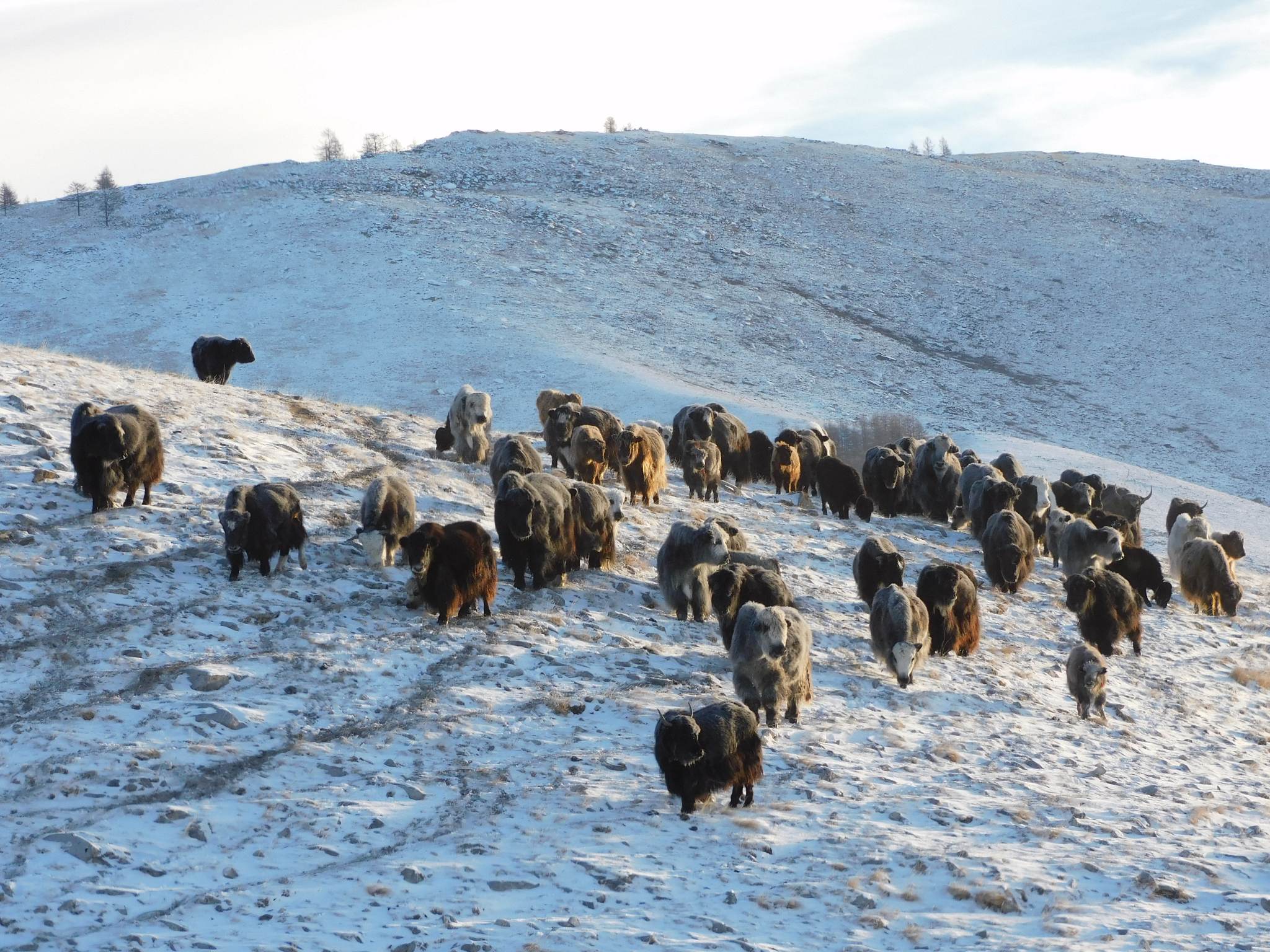Blog
Variety of landforms and habitants in Gobi
The Gobi is unusual feature in a landscape where the most of water is accessed by deep wells. In some areas within Gobi, water may appear on the surface as a meandering trickle (disappearing when the weather becomes too hot) with small stands of Poplars, or fringed with reeds like oasis. There are several streams which fed by springs and remains wet throughout the summer. Over winter when the temperatures plummet, ice forms in the waterlogged soils and then expands, creating a landscape of almost uninform hummocks.
Plants growing in this Gobi region provide a valuable source of food and shelter to a wide variety of animal life. Their roots stabilize the edges of streams and dead plants matter decomposes releasing nutrients into the soil and water that feeds small creatures. Saxaul trees are hardly survivor, growing very slowly. They have deep, extensive root systems to reach any available moisture in the soil. In the Gobi, they form small open forests, providing a valuable shelter from the elements for birds, mammals, reptiles as well as herder’s livestock. Camels browse on the nutritious leaves and local people collect the dead-wood for both heating and cooking. Slightly succulent-leafed Nitraria bushes grow upward against strong winds- as does the Saxaul.
Hardy clumps of purple flowering Irises are liberally scattered along a strip that runs either side of the wetland. These tough plants can survive both flooding and drought and grow in a correspondingly diverse range of habitants throughout Mongolia from marshy wetlands to the dry and dusty steppe. Irises are not browsed much by animals over the summer period when the lush carpet of grasses provides a much tastier source of food. However, when alternative foods become scarce in the spring, the tough, fibrous leaves of there plants are cut for hay and fed to livestock.
The graffiti of tiny footprints reveal the abundance of life here-most of it nocturnal as these creatures go foraging for food under the cover of darkness. Jerboa tracks are easily seen- they appear in pairs as the Jerboa hops (up to three meters when fleeing from predators). Kangaroo-style on its elongated hind legs. Surprisingly, this is a very energy efficient way of moving. Their small front paws are used only to dig for food and for eating. Like many small mammals and reptiles, the Jerboa hibernates through the severe cold of the winter months.
